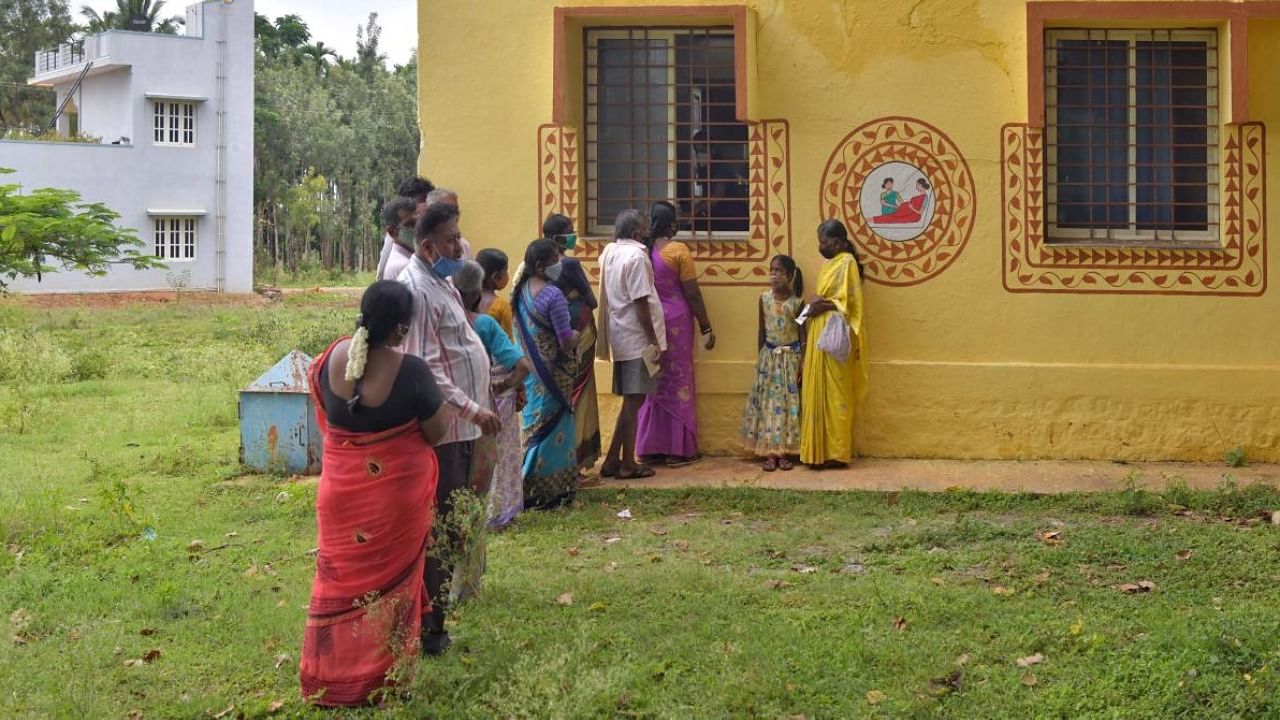
Recently, the Indian government placed an order for six submarines for the Indian Navy worth Rs 43,000 crore to augment its fighting capacity. In the Covid pandemic, going by official figures, some 420,000 Indians have died so far, which is far more than the deaths in any war India has fought. But we have not seen any news of government investing in health technology such as RTPCR machines or CT Scan machines. All our peripheral health institutions are devoid of modern diagnostic technologies. Many medical colleges also do not have adequate diagnostics. Hence, people have to go to the private sector and pay high prices for diagnosis and treatment.
Neither the country nor any state of India has a “chief pathologist” or “chief radiologist” to advise the government on technology guidance. Because of Covid, there is a massive awareness of the value of tests such as RTPCR and HRCT. Some years ago, the Indian Institute of Public Health, Gandhinagar, did a study and found that most public and private labs used the old Widal test, rather than blood culture, for diagnosis of typhoid. Modern lab test equipment such as CBNAT and TruNat and Elisa machines are available only for TB and HIV in most districts.
Most medical diagnostic equipment is imported, and hence expensive. Prime Minister Narendra Modi needs to encourage ‘Make in India’ in the medical diagnostics sector. In India, there is a great diagnostic divide between the urban private sector, which has the latest equipment, and the rural public health sector, which is devoid of diagnostic equipment. This has led to delays in the diagnosis of Covid in rural areas, resulting in more spread and deaths. The required diagnostic equipment is not that expensive: an RTPCR system may cost Rs 50 lakh and a good CT machine may cost Rs 2 crore. But ensuring that they are available in each district hospital was not included in the last budget, which came amidst the pandemic.
Also read: A shortage of the oxygen of truth
Perhaps there is no one to champion within government to advocate the economic case for such diagnostic equipment. The government largely focuses on building large brick and mortar buildings rather than on investing on the best machines and trained human resources. The last budget did talk about upgrading the public health system over six years under a new program called Prime Minister Atmanirbhar Swasth Bharat Yojana, to be launched with an outlay of about Rs 64,180 crore.
The government should make a ‘Pradhan Mantri Jan Arogya Nidan Yojana’ (PM-JANY) of about Rs 20,000 crore for the whole country. This sounds like a large amount but divide it by the 700+ districts of India, it amounts to less than Rs 30 crore for each of them to modernise the whole diagnostic set up at district and sub-district hospitals. With tele-radiology, remote reading of CT scans and X-rays can be done. So, shortage of specialists in rural areas should not be an argument used to prevent such investments. It will give real teeth to the Test-Trace-Treat strategy for Covid in rural areas. Lab tests are not only useful in diagnosis of the case but tests like CRP, D-Dimer, Troponin and LDH are also very useful in deciding hospitalisation and the line of treatment for seriously ill patients. With proper monitoring of patients, mortality will decline.
We also need to invest in advanced equipment for genome sequencing so that the new variants of coronavirus can be rapidly identified and public health action can be taken in time to control their spread. For this, we should collaborate with the private sector and research institutions which may already have the equipment. Such investments made now will pay rich dividends during future pandemics. Such equipment will also be useful for regular care of cancer and other disease patients.
It is heartening to note that recently the Union Finance Minister has announced a special package of investment in healthcare to the tune of Rs 50,000 crore. This is a positive move, but it is mostly focused on care facilities for children, such as to increase children’s hospital beds, paediatric ventilators and paediatric ICU facilities. But it also will have some investment to upgrade laboratory services, including genomic sequencing facilities, which are very much needed. Recently, a new package of Rs 23,123 crore has been announced for emergency response and health system preparedness for Covid. It is mainly focused on infrastructure for hospital care and some actions to prevent future waves of Covid; the only lab-related investment is improving genome sequencing at NCDC.
We hope the government will not lose this opportunity to make such pro-poor investments in public health diagnostics services.
(Dr Dileep Mavalankar is Director, Indian Institute of Public Health, Gandhinagar; Dr Mukesh Maheshwari is a Senior Histopathologist based in Ahmedabad)